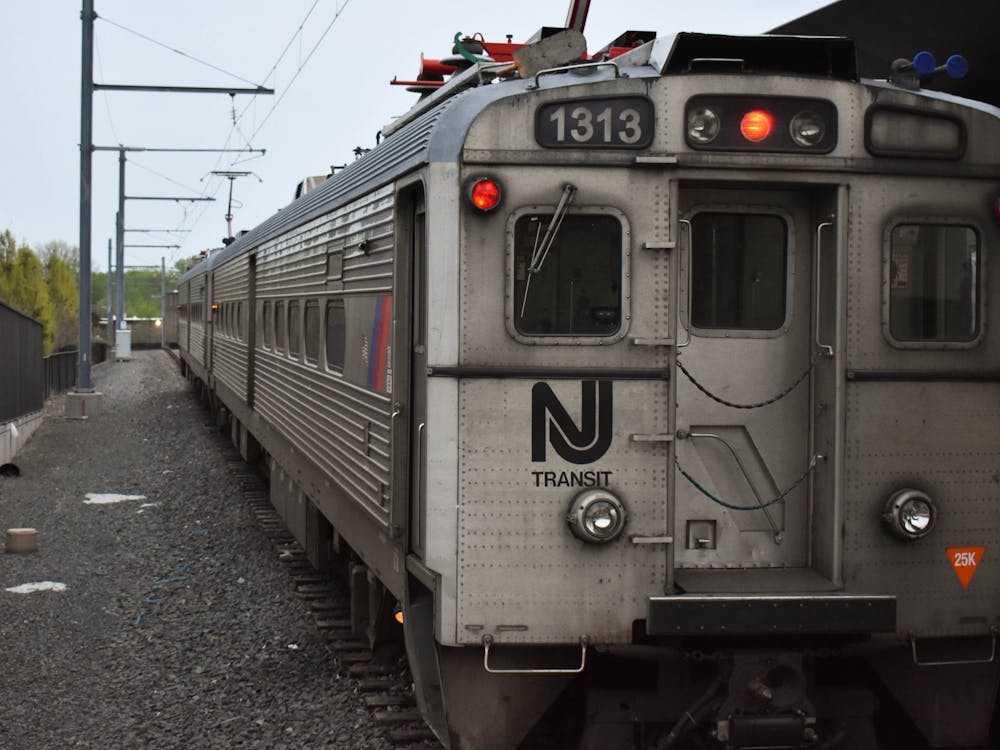Most mornings I walk to the Wa to get a paper. The campus is usually quiet and deserted, although during big party weekends or Reunions there are sometimes groups of boisterous guys on the Street, barely able to stand upright but full of bonhomie if they know me. ("Professor! Want to go to PJ's?") If the weather is warm there are occasionally bodies sleeping on the grass, not always frosh preparing for Outdoor Action. As I walk past Walker and Patton Halls I might hear alarm clocks for days on end, with their owners gone or perhaps just totally wiped out. And a while back I encountered a forlorn young woman in heels and a long black dress, just outside 1901 at 6 a.m. She recognized me (and I her — she had been in my class a couple of years earlier) and asked me to prox her in. But my prox only works at the computer science building, so the best I could offer was to call Public Safety, an offer that for some reason she refused.
Much of the morning action involves other species. Long ago, before Whitman College was even a gleam in someone's eye, let alone a giant construction project and now home to 500 students, there were the Dillon tennis courts. As I walked through them one morning, reading the headlines in The New York Times, I sensed something nearby. I looked up and there was a red-tailed hawk on the fence, not even 10 feet away. Let me tell you, this was one serious bird — you would not want to do hand-to-hand combat with him. I stopped long enough to get a good look, but did not try to get closer. I've seen other red-tails and goshawks on campus, but this one was the closest, and the most impressive. Sadly, Whitman has destroyed his habitat and we won't likely see him again.
Squirrels (which are sometimes hawk food) probably outnumber students and are great fun to watch; their ability to run and jump and chase each other puts even the most talented varsity athletes to shame. I was on McCosh Walk one morning when, with a thump, a squirrel landed on the sidewalk right in front of me. Even though he had fallen from 30 feet up, he just shook himself and ran back up the tree. If I fell out of a tree, it's for sure I wouldn't climb back up for another try but for the squirrel, it seemed to be all in a day's work.
Morning sounds are interesting too. I once was at a luncheon with a famous naturalist who told us that mockingbirds can only handle about five different songs before they repeat themselves. Tell that to the ones that sing outside Cloister and Cap in the morning; I lose count when they get to a dozen different calls, not even including the distinctive "watch out" warning that they use to tell their buddies that one of the Street's resident cats is nearby.
We had a family of baby deer living on our property some years ago, our own personal Bambi triplets. It was a gift of beauty — the three tiny deer spent much of their time just outside our windows. When I set off to the Wa at 6 a.m., they would often be sleeping on the lawn and sometimes I could get within 15 or 20 feet of them before they decided to leave.
Deer are a big problem in Princeton, the embodiment of "attractive nuisance." They eat bushes and flowers, and we gave serious thought to physical violence after they ate every single flower on the porch one night, but they are lovely to watch, so we made no effort to chase them off.
The next year our triplets returned as teenagers, this time sporting numbered tags in their ears and transponders around their necks so the authorities could keep track of their movements. We never did give them names, but their numbers made them seem like part of the family — "Little 82 was on the lawn this morning," or "I haven't seen 53 for a couple of days."
They came back again a third year, by now middle-aged matrons who spent their afternoons ruminating under a tree, but the numbered tags left no doubt that they were ours. Sadly, we haven't seen them this year. My wife fears the worst — the deer police rounded them up — while I choose to believe that they went south for the winter and spent the summer in New England. Someone must know where they are if the transponders still work. And we live in hope that they too will come back for Reunions. Brian Kernighan is a professor in the Department of Computer Science and is a Forbes faculty adviser. He can be reached at bwk@princeton.edu.







